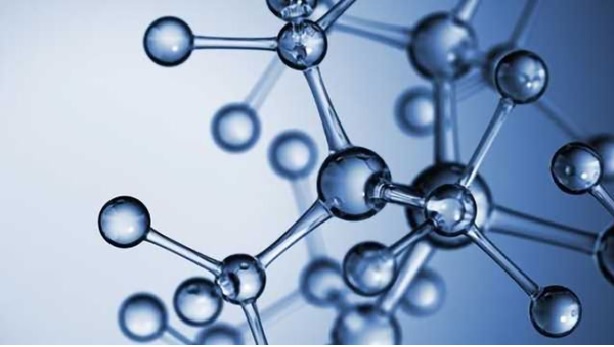Addressing Chiral Molecules Separates Using Mirror Image
An international team of scientists from the Fritz Haber Institute of the Max Planck Society and the Prokhorov General Physics Institute of the Russian Academy of Sciences has found a way to address these molecules separately. Since chiral molecules are very similar to each other, this is a real challenge.

Figure 1: Chiral Molecules Separates
Figure 1 shows that Chirality, while not a rarity in the world of molecules, is nevertheless a special property. If a molecule is chiral (from the Greek word chiros = hand), it exists in two mirrored versions that are very similar but not identical—like two hands that can be folded together, but cannot be placed congruently on top of each other. This is why we speak of right-handed and left-handed molecules, or enantiomers, which means "opposite shape" in Greek. [1]
"The trick is to expose them to electromagnetic radiation in a way so that only one 'hand,' i.e., one enantiomer, responds. This allows us to specifically control right- or left-handed molecules and learn more about them," says Dr. Sandra Eibenberger-Arias, head of the Controlled Molecules group at the Fritz-Haber-Institute.
Eibenberger-Arias' group studies the physical properties of chiral molecules. "Theory predicts a small energy difference between the two enantiomers, due to what is called parity violation. However, this has not been shown experimentally so far," explains JuHyeon Lee of the Fritz-Haber-Institute, first author of the published results, which appeared in the journal Physical Review Letters.[2]
With a clever combination of different methods, however, the group of scientists has come a little closer to achieving this. They irradiate chiral molecules in the gas phase with UV radiation and microwaves. As a result, right-handed and left-handed molecules are put into different rotational states by changing the microwave radiation.
The researchers have thus gained more control than ever before over which “hand” is in which rotational state. While complete separation of the enantiomers may not yet be achieved using this method, it is remarkable that they could be controlled so successfully in the first place.
The international team of three female and three male scientists has thus laid a good foundation for follow-up experiments, and perhaps even for experimental proof of parity violation. This would be a milestone for basic research—and for all future applications as well. [3]
References:
- https://phys.org/news/2022-04-chemical-mirror-images.html
- https://www.labmanager.com/news/controlling-mirror-images-addressing-chiral-molecules-separately-28034
- https://mixpoint.in/breaking-news/2022/04/controlling-chemical-mirror-images/
Cite this article:
Sri Vasagi K (2022), Addressing Chiral Molecules Separates Using Mirror Image, Anatechmaz, pp. 250

